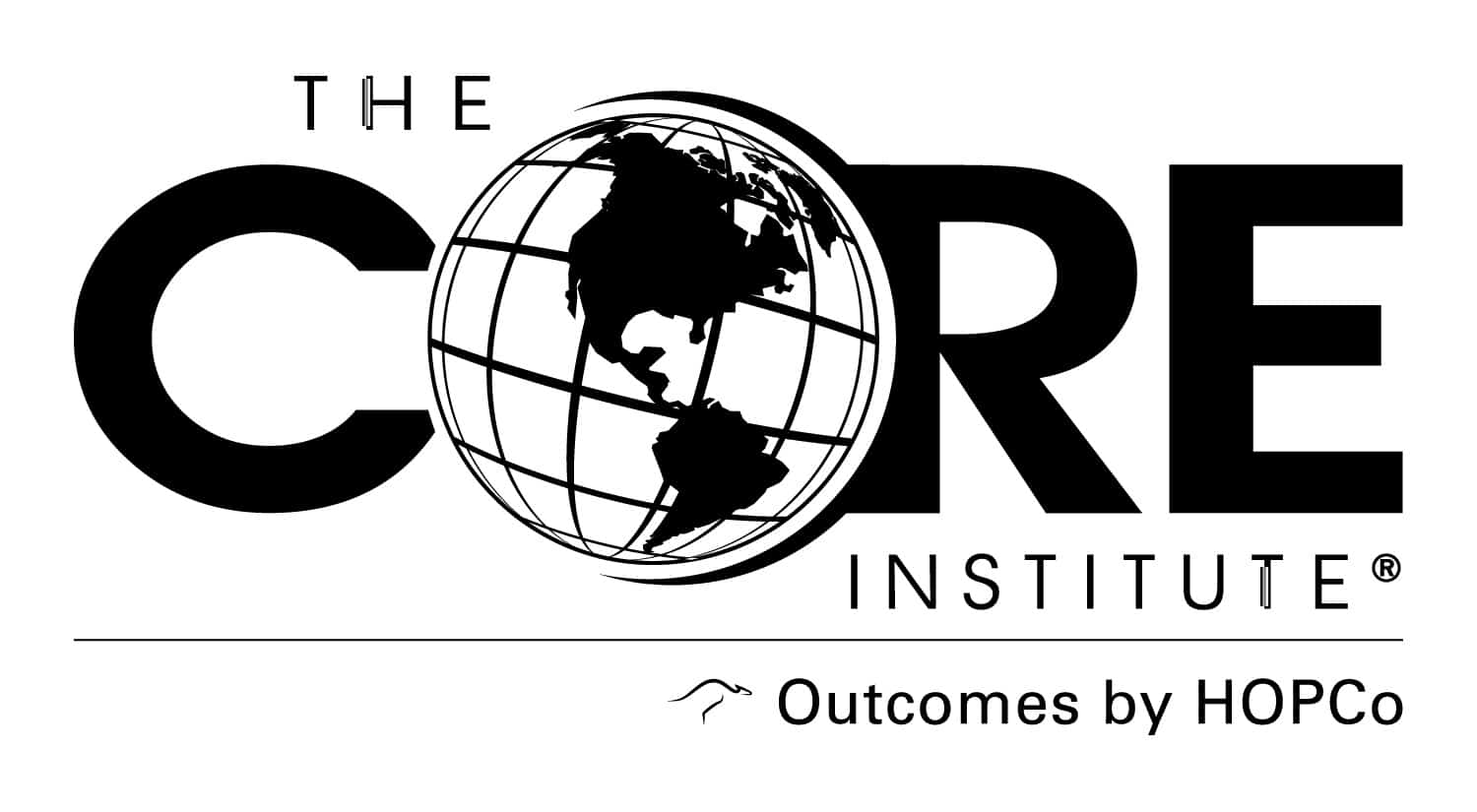It’s described as sharp, dull, pulsing, even paralyzing. It affects men and women equally. The World Health Organization puts its price tag in the United States well over $200 billion annually for cost of care and lost wages. Chronic back pain touches every segment of the population.
According to the National Institute of Neurological Disorders and Stroke, an estimated 80 percent of adults experience back pain at some point in their life. Previously, those who suffer from chronic back pain had few options for relieving the debilitating pain: surgery and/or prescription painkillers to numb the pain. But thanks to advances in technology, two clinical trials with the CORE Institute have a promising outlook for patients who want to relieve their chronic back pain while also reducing their need for opioids.
Spinal cord stimulators are small devices – like pacemakers for your spine – that can modulate pain signals. The newer versions of devices that use this technology send high-frequency energy that can “shut off” the sensation of pain, as well as the tingling/numbing sensation that previously accompanied these devices.
“It’s been pretty monumental,” said Dr. Eric Feldman, a physiatrist with the CORE Institute. “The majority of these patients have sciatica, peripheral neuropathy, chronic back pain. Most of these patients have failed with traditional treatments.”
Implanting the device requires a small surgery – not an extensive spinal surgery – to place the lead in the epidural spine. It’s later attached to a battery. If successful, patients can generally feel relief quickly, if not immediately. Feldman estimates that it takes two to three weeks to recover from the procedure.
“Stimulators are a big weapon in my armament,” Feldman said. “Some studies have shown that they work well, especially for patients who failed with back surgery. It’s something that can be life altering.”
Spinal stimulators can be promising for patients who have had unsuccessful back surgeries and live life in chronic pain. For these people, loss of mobility accompanies the pain, which starts a cascading effect of health problems. While opioids can help to numb some of the pain, they cannot restore function or their wellbeing. Patients over time find opioids less effective, and dependency remains a concern.
“There’s a big issue in the country with opioids and opioid addition and there are certainly legitimate uses of opioids in the treatment of orthopedic patients,” said Marc Jacofsky, Chief Scientific Officer of The CORE Institute and Executive Director, Research & Education for the MORE Foundation. “But for chronic pain patients who have to be prescribed opioids over a long period of time, obviously that can be detrimental to their health on a variety of levels.”
The CORE Institute currently has two spinal cord stimulator studies. To find out if you might be a good candidate, visit the MORE Foundation’s website, www.more-foundation.org, and click on Research under the Programs tab.
- Check Your Spine - April 14, 2021
- 10 Tips For Your Best Home Workout - April 14, 2021
- Faster Service… No Appointment Necessary! - April 14, 2021
